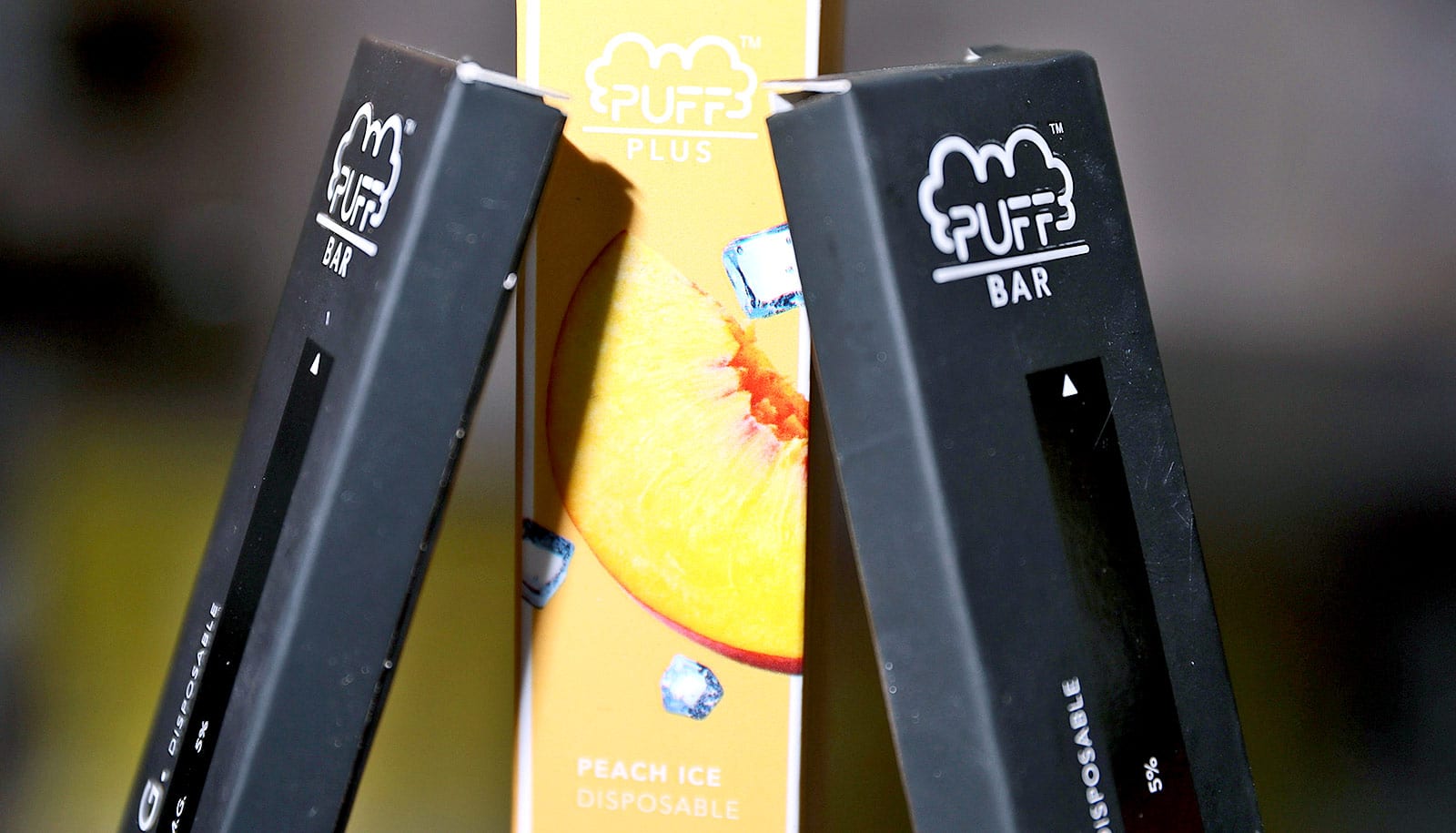Using a local area code can make a quitline more successful with English- and Spanish-speaking smokers.
New findings published in Nicotine & Tobacco Research show the simple but valuable approach can help engage low-income smokers to try quitting tobacco.
The study tested a proactive, phone-based outreach strategy using local vs. generic caller area codes. Researchers called English and Spanish-speaking smokers with Medicaid insurance who had not received tobacco treatment at previous clinic visits.
University of California, Davis Health and University of California, San Diego Health researchers conducted the study along with Los Angeles County Department of Health Services (LADHS). It shows that using a local caller area code to proactively call patients who smoke could help address care gaps and improve health equity.
The phone outreach involved 685 calls. Overall, 52% of the patients called were reached. Among those reached, 30% consented to an e-referral to a tobacco quitline. The patients randomized to a local area code had a 29% higher consent rate than those with a generic area code. Among the socioeconomically disadvantaged patients who smoke, patients who were younger than 61 or Spanish-speaking were also approximately 40% more likely to consent to an e-referral than their older or English-speaking counterparts.
“A proactive outreach strategy to engage low-income smokers increased connections to the quitline by using a local area code when we called them,” says Cindy Valencia, lead author of the study. “The strategy was particularly helpful for engaging Spanish-speakers, proving it is a highly effective health equity tool.”
Among California’s 3 million smokers, 42% are covered by Medi-Cal, California’s Medicaid program for people with low income. Los Angeles County has California’s largest concentration of diverse smokers, where Latinos are a significant population.
The study was jointly initiated and developed in partnership with the state quitline Kick It California, previously known as the California Smokers’ Helpline, and the leadership of LADHS. The team prioritized contacting LADHS patients who smoke experiencing a “care gap” due to not receiving tobacco counseling or medications at prior clinic visits.
The findings suggest that the approach provided a high rate of willingness to get help from a tobacco quitline, even among patients who had not been previously assisted in the clinic. This proactive outreach makes it a viable option for safety net health systems, or Medi-Cal managed care plans, seeking to increase patient access to tobacco treatment services.
Prioritizing tobacco treatment is needed in Medi-Cal, which covers 1 in 3 Californians. According to the American Cancer Society, tobacco use remains the leading preventable cause of death in the United States, accounting for about 1 in 5 deaths each year. In addition, tobacco causes 30% of all cancer deaths.
Research shows that phone-based smoking cessation services or quitlines can double long-term tobacco quit rates at one year. The US Preventative Services Task Force guidelines recommend providers ask, advise, and refer patients to tobacco cessation resources. However, providers cite time constraints and competing priorities as a barrier to referring patients to cessation services during a regular clinical encounter.
Previous research published earlier this year in JAMA Network Open by the UC Davis tobacco research team demonstrates that Latino Medi-Cal smokers are advised and assisted less than non-Latino white counterparts, which is explained in part by fewer clinic visits. The proactive outreach can help improve health equity, especially with Kick It California’s language line services.
“Trust can be key in establishing a connection and we think using a local area code may increase trust in seeing a more familiar area code associated with a known health system rather than a generic area code that can be associated as an unidentified, unsolicited call from phone scammers,” says Valencia.
While there is growing momentum to integrate quitlines into in-person doctor visits, providers may have limited time and resources to prioritize tobacco treatment counseling into their clinical practice. Findings from the trial suggests that the phone-based strategy builds on the visit-based model, regardless of the motivation levels to quit.
“Proactive phone-based outreach to patients for tobacco treatment services outside of the clinical encounter may relieve the burden on time-constrained clinicians. Quitlines are an important free resource that provides evidence-based tobacco counseling,” says UC Davis Comprehensive Cancer Center tobacco researcher Elisa K. Tong, senior author of the study.
Plans to disseminate these findings and incorporate similar population health strategies to promote health equity are underway.
The study had funding from the Tobacco-Related Disease Research Program Community Practice-Based Implementation Research Award.
Source: UC Davis



